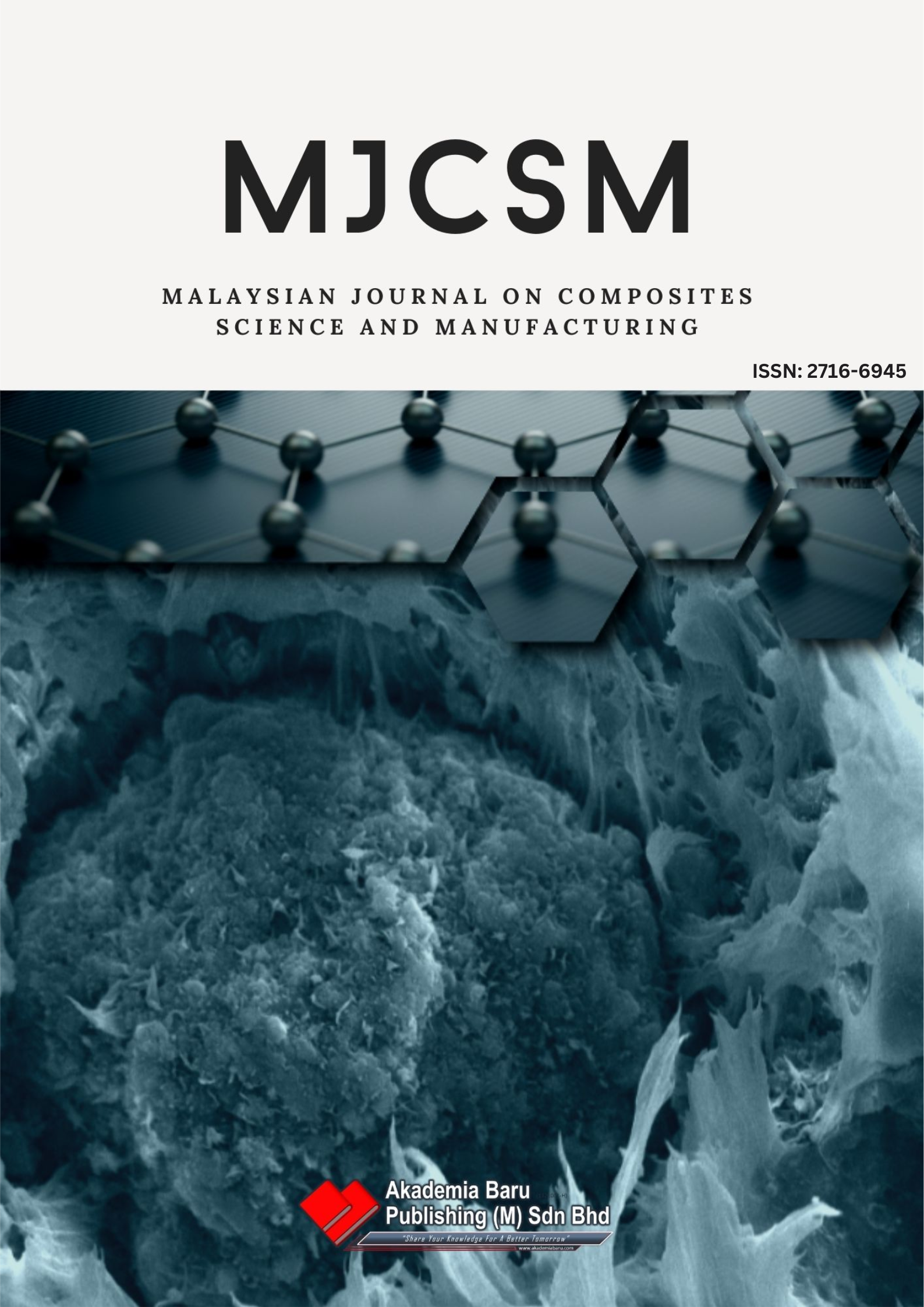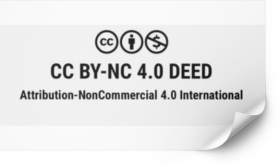Multi-Criteria Decision Analysis for Optimal Material Selection in Unmanned Aerial Vehicle Manufacturing
DOI:
https://doi.org/10.37934/mjcsm.16.1.8599Keywords:
Unmanned Aerial Vehicles, Analytical Hierarchy Process, Quality Function Deployment, Carbon Fiber, CompositesAbstract
Unmanned Aerial Vehicles or UAVs were pilotless aircraft or aircraft with minimum human interaction. UAVs material and structure were critical aspects to consider throughout the development phase. UAVs were utilized in both the military and the civilian sector. However, because of this diversity of uses, their materials and structure differed due to the requirements and resilience needed for those uses. Due to the different materials used in the other development of UAVs, this study aimed to study the appropriate structure material for the development of UAVs. Moreover, this study investigated the process of preparing the body structure of the selected material from developed UAVs particularly for military specifications. Additionally, this study analyzed the best approach that was used to reduce the maximum take-off weight. This study focused on the best structure from the successful product of UAVs from the selected company. This case study was performed to investigate what had been practiced and for further analysis while analytical hierarchy process (AHP) and quality function deployment (QFD) were used as research methods to perform the multi-criteria decision analysis. Carbon fiber was selected as suitable material for wing and propellor while fiberglass composite was identified as suitable material for tail and body of UAVs. This study provided a strong basis for future UAV development, this all-encompassing strategy sought to create an organized framework for decision-making that synchronized technical specifications with operational and customer objectives.
Downloads












